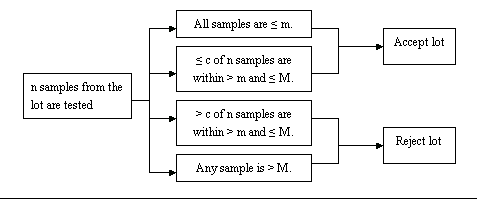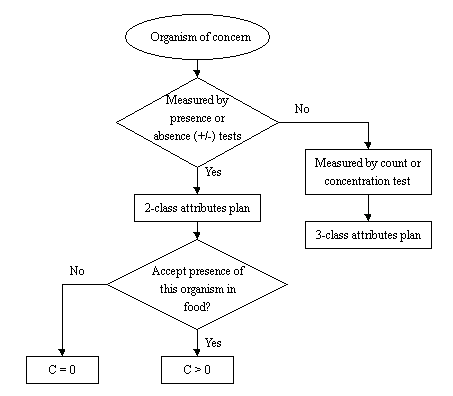Guidance Notes on Sampling Plan for Microbiological Analysis
Guidance Notes on Sampling Plan for Microbiological Analysis (PDF Format)
Purpose
These notes provide information to the food trade on application of sampling plan in order to enhance food safety and improve food quality.
Sampling plan
Sampling plan is a systematic way to assess the microbiological quality of food lots. A "lot" refers to a batch of products manufactured under the same conditions at the same time. During sampling, the samples should be taken from the lot independently and randomly.
In developing a sampling plan, a number of factors should be taken into consideration including properties of food, production processes, storage conditions of the final products, associated risks, targeted consumers and practical limitations. Each food product should be considered individually.
A comprehensive sampling plan includes the following elements:
- The microbe or group of microbes of concern or interest;
- Number of samples to be tested (n);
- Testing method(s);
- Microbiological limit(s), m & M
- Acceptable (≤ m)
- Marginally acceptable (> m and ≤ M)
- Unacceptable (> M);
- Number of samples which fall into each category of microbiological limit (i.e. acceptable / marginal / unacceptable).
Types of sampling plan
Two types of sampling plans are commonly used in food microbiology, namely, the two-class attributes plan and the three-class attributes plan.
Two-class attributes plan:
Under this plan, sample(s) is (are) taken from the lot and tested. As only one microbiological limit "m" is involved in this plan, therefore two classes of attributes, < m & > m, could be identified. The maximum allowable number of sample(s) that yielded unsatisfactory test results is represented by "c". The lot will be accepted or rejected as illustrated in the following diagram:

Three-class attributes plan:
For a three-class attributes plan, two microbiological limits, m & M, are set. The microbiological limit "m" commonly reflects the upper limit of a good manufacturing practice (GMP). The criterion "M" marks the limit beyond which the level of contamination is hazardous or unacceptable. The lot will be accepted or rejected as shown in the following diagram:

Choice of sampling plan
In general, a two-class attributes plan is preferred when the organism of concern is not permitted in food sample. If the number of microbes in a unit-volume is allowable, a three-class attributes plan is usually adopted. The following decision tree shows how to choose an appropriate sampling plan for a specific application.

To enhance food safety and improve food quality, more stringent microbiological limits (by decreasing values of m and/or M) should be adopted. By changing the value(s) of c and/or n, the stringency of sampling plan can also be adjusted.
International development of sampling plan
In 1981, the Codex Alimentarius Commission adopted the generic approach on sampling plan developed by the International Commission on Microbiological Specifications for Foods (ICMSF). The ICMSF's sampling plan is recommended and used by the international bodies, food authorities in some countries and some international food manufacturers.
For details of the principle and application of ICMSF's sampling plan, please refer to the ICMSF publication - Microorganisms in Foods 2, Sampling for microbiological analysis: Principles and specific applications (2nd edition; 1986).
Food and Environmental Hygiene Department